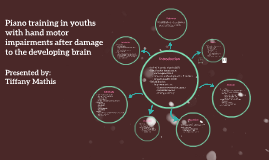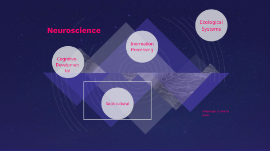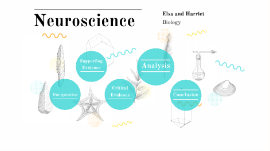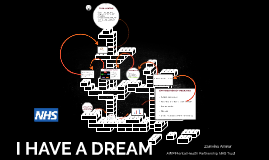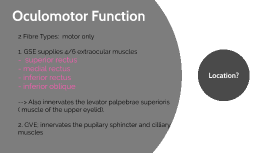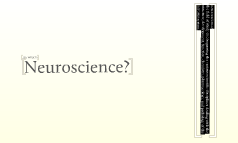Neuroscience Presentation
Transcript: Discussion 15 subjects Double blind, placebo-controlled Each received 4 different experimental days separated by at least 2 weeks placebo + psilocybin ketanserin + psilocybin ketanserin + placebo placebo + placebo Correlation between the psilocybin-induced decrease in alpha power values and the subject reported intensity of hallucinations did not reach statistical significance - indicating that an alpha power decrease induced by psilocybin may not be sufficient to generate hallucinations Psilocybin Hypothesis N170 N1 P1 Alpha Waves Activation of Serotonin 2A Receptors Underlies the Psilocybin-Induced Effects onOscillations, N170 Visual-Evoked Potentials, and Visual Hallucinations Ketanserin: Antagonist High excitability levels in the absence of externally presented stimuli may have restricted the capacity of the visula system to incrase, by modulation, alpha power, the excitability for processing incoming stimuli 5-HT2A receptor activation attenuates ongoing alpha oscillation creating a dysbalance between excitability observed in absence of stimuli and excitability induced by stimuli - possible cause of hallucinations Biosynthesis Terms to know EEG Recording Action at 5-HT2A Receptor Subjects focused on central cross Stimuli randomly presented in 4 orientations. In total, 88 kansiza figures and 88 non-kansiza Push button as quickly as possible when they saw a triangle. Psilocybin treatment decreased N170 amplitudes after placebo but not ketasarin treatment Psilocybin induced N170 decreased correlated only wiht increased Visionary Restructuralization but not the other 4 scales Background Measurements Visionary Restructuralization Elementary imagery Complex imagery Audio-visual synthesia Oceanic Boundlessness Anxious Ego Auditory Alterations Reduction of Vigilance ERP Analyses N170 High parieto-occipital alpha power levels were observed with placebo conditions during the pre stimulus range, suggesting that a high level of inhibition reduced the excitability of the visual network in absence of task-relevant visual inputs. High level pre stimulus alpha power strongly attenuated by psilocybin Suggests: activation of 5-HT2A receptors increases excitability of visual network in the absence of externally presenting sitmuli N170 Psilocybe mexicana Albert Hofmann Metabolism Changes in alpha power Results 5D-ASC Chemistry 5D-ASC Scales However Visual stimulation 90 mins after treatment Self report with 5D-ASC Questionnaire 5-HT2A Mechanisms of Action P1 Synthesized from typtophan The Paper 5D-ASC treatment with psilocybin generally increased 5D-ASC scores when administered with placebo pretreatment but not after ketanserin pretreatment Triple interaction pretreatment X treatment X factor found significant relationship for Visionary Restructuralization No sub scales altered after ketanerin treatment Prestimulus alpha collapsed over -600 and -200 ms time frame. Stimulus induced alpha power collapsed into two time frames 0-200 ms, 200-400 ms Decrease in alpha power from baseline level during 200-400 ms time. Reversed by ketanserin pretreatment If pre-stimulus alpha power reduced, could this be teh cause of lack of stimulus-induced decrease? taken into consideration Design EEG readings Procedure ERP Analyses (P1) 64 Electrodes 3 parieto-occipital ROI selected for the statistical analysis of ERPs, alpha power, and phase values parietal left (P3, P5, P7, PO3, PO7) parietal medial (POz, Oz, O1, O2, Iz) parietal right (P4, P6, P8 PO4, PO8) Pharmacology Activating 5-HT2a receptors with psilocybin may modulate alpha oscillations which could lead to an altered excitability that would promote the formation of visual hallucinations. (Also, activation of 5-HT2A receptors may modulate visual cortex response to external stimuli that are indexed by visual-evoked potentials.) The unselective 5-HT2A receptor agonist psilocybin increases medial P1 visual-evoked potentials. Psiolocybin induced visual hallucinations are associated with decrease N1/N170 potentials. Psilocybin decreased presitmulus alpha power - precluded subsequent stimulus induced alpha power decrease. alpha osscilations regulate excitability oevels of cortical sensory networks through inhibition. Psilocybin treatment selectively increase P1 amplitudes over emdial bu tnot lateral parieto-occipital ROIs P1 amplitudes over medial parieto-occipital ROI decreased by ketanserin pretreatment Timothy Leary






